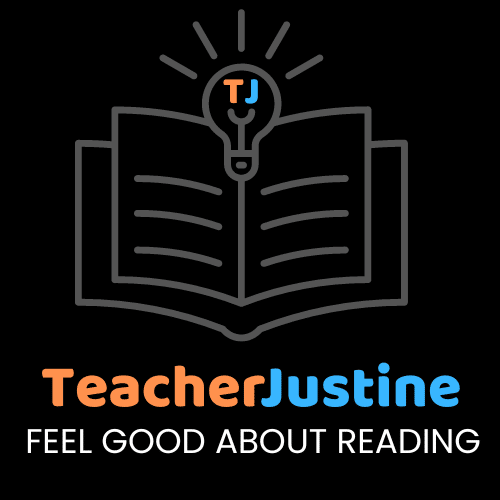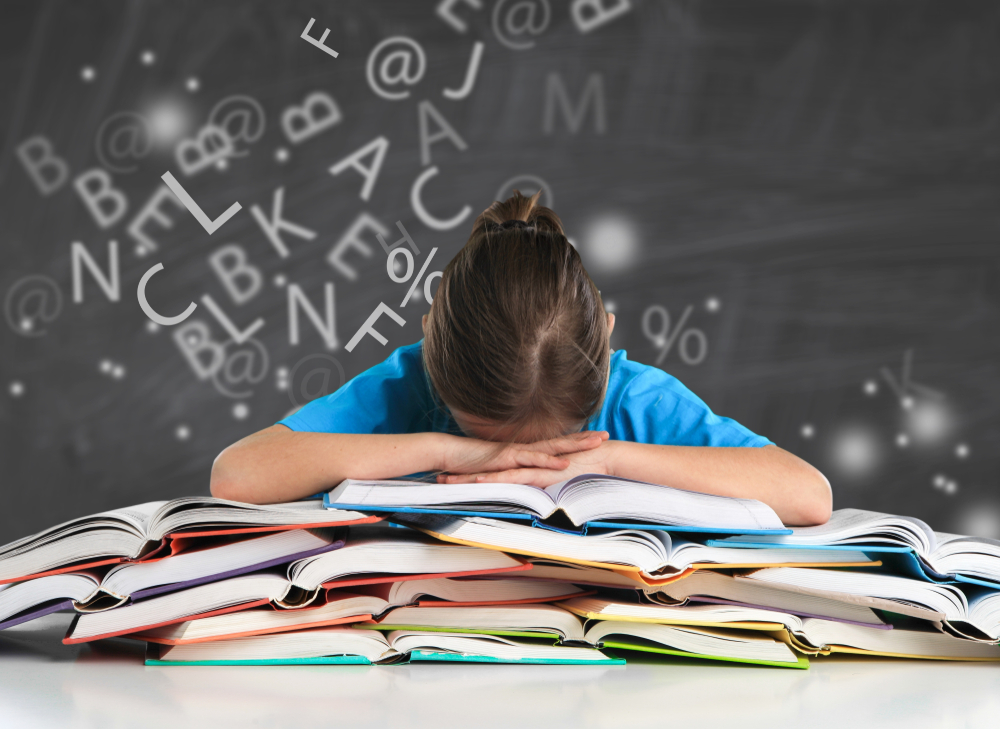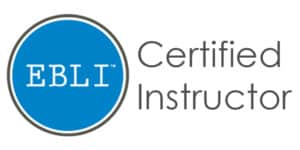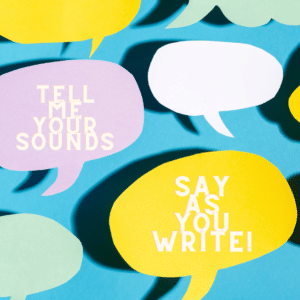Dyslexia is a loaded word
Only psychologists are allowed to say that someone has dyslexia. And, according to Sally Shaywitz M.D., because of limited resources and other issues, they only diagnose 4% of the student population with dyslexia even though 1 in 5 children show signs of dyslexia.1 That means 16% of struggling readers are not receiving services for their learning disabilities. This is a huge problem because learning to read and learning to read well is so important for society.
Reading must be taught
It is not something that naturally happens like the sprouting of teeth. I know this from personal experience. When I had my children, I learned about Waldorf education. The artistic natural approach immediately resonated with me and I felt a calling to become a Waldorf teacher. I also loved learning about Waldorf as a path for parenting. Allowing children to chop vegetables, build forts, sing songs, and tell stories made so much sense to me. And it still does. I am very happy I brought up my daughters this way when they were very young.
70-80% of children can break the code
My first daughter learned to read easily in first grade. She, like 70-80% of children, was able to break the alphabetic code after a year of instruction. Before first grade, she had no formal reading or writing instruction. She attended only Waldorf preschools and kindergarten. For first grade, she attended a bilingual Spanish/English school in Mexico. She easily learned to read and write in both Spanish and English that year.
I attributed my daughter’s ability to learn to read easily to the wonderful Waldorf early childhood environments and methods that I provided her. I was still convinced that Waldorf education was the answer to everything. Only later did I learn that she belongs to the group of children who will learn to read almost irrespective of the method used.
20-30% of children can NOT break the code
The other 20-30% of children will not learn to read (without explicit direct one-on-one instruction) even after a few years of formal schooling. My younger daughter belongs to this second group of children. She had the opposite type of schooling from my first daughter. My younger daughter began preschool in a traditional preschool and was exposed to letters and phonics early. I noticed she did not seem to pick up on the letter/sound association but I was not worried. She was only three. Later when she was in a public school kindergarten, her teacher noticed that she was not picking up on early reading and writing. I still was not concerned and in fact, moved her to a Waldorf school for first grade.
Here she learned to sing, draw, paint, build forts, explore nature, play the recorder, and knit. But she did not learn to read. Her Waldorf teacher was unconcerned and told me that it didn’t matter when she learned to read. That it would happen when she was ready. That it was fine if she was 11 or even 14 years old. As much as I loved Waldorf education, I knew that that was wrong. This was like the bad advice I had been given in teacher training that “learning to read is like teeth sprouting after age 7; it happens developmentally and naturally”.
Reading intervention services
At the beginning of her third grade, I had my younger daughter assessed by the team of psychologists and intervention teachers at the public school. She qualified for an IEP with a specific learning disability. I transferred her to the public school and over the next two years she was pulled out of her classroom for an hour a day. She received one-on-one reading, writing, and math instruction. I am very thankful to that team of teachers who helped her learn to read. I did not think it could be done. But she did learn to read and by sixth grade she no longer qualified for her IEP.
Nowhere on her IEP did it say she had dyslexia. Even though she was assessed by the psychologist, they still did not use the word dyslexia. This is because there was too much legal risk to say “dyslexia” even for qualified psychologists. So they just called it a specific learning disability.
It is unfortunate that you have to be a licensed psychologist to say someone has dyslexia. Dyslexia simply means that a person experiences a significant struggle in learning to read. A child should not have to wait for an official diagnosis in order to receive the reading intervention strategies that help dyslexic children learn to read. Many people in a child’s life are able to see these red flags from an early age. If we could just call it what it is, we could start helping at an early age the 20-30% of children who struggle in learning to read.
Recent brain research
There have been significant discoveries recently in how the brain works. The place in the brain where reading happens (or doesn’t happen) has been located. Brain scans can now show that a person has dyslexia. However, you can’t just go get a brain scan to prove you have dyslexia. It’s too expensive and the referral system takes too long. So once again we have to not use a word to help these struggling readers who have a condition that can be identified in the brain and does indeed have a name. Dyslexia.
Dyslexia happens on a continuum
In addition, recent brain discoveries have also proved that dyslexia happens on a continuum.2 It’s not that you either have dyslexia or you don’t. We all probably have it to some degree since reading is not a natural thing to do. Dyslexia is like most biological conditions and occurs along a continuum. Unfortunately, schools base their services on the idea of dyslexia as having a cut off point. Before this cut off point you are not dyslexic and therefore not eligible for services.
Luckily there have also been recent advances in the teaching of reading. With proper reading instruction, we can now teach diagnosed dyslexic children and children with significant struggles, but who can’t be identified as dyslexic, to learn to read.
Online tutoring
I am so excited to be able to teach reading one-on-one to struggling readers through research-proven strategies and instruction. This is a great time to be an online reading tutor because all the struggling readers can now get one-on-one tutoring for as little as an hour a week in their homes. They can learn to read. They can learn to read well. And they can learn to love reading. . They can’t get this kind of one-on-one service from the schools. But now because of technology and the advances in reading instruction, they can quickly and easily get the help they need.
1 Sally Shaywitz, M.D. and Jonathan Shaywitz, M.D., Overcoming Dyslexia Second Edition (New York: Vintage Books, 2020), 6-7, 28-29.
2Shaywitz, Overcoming Dyslexia, 27-28.T



